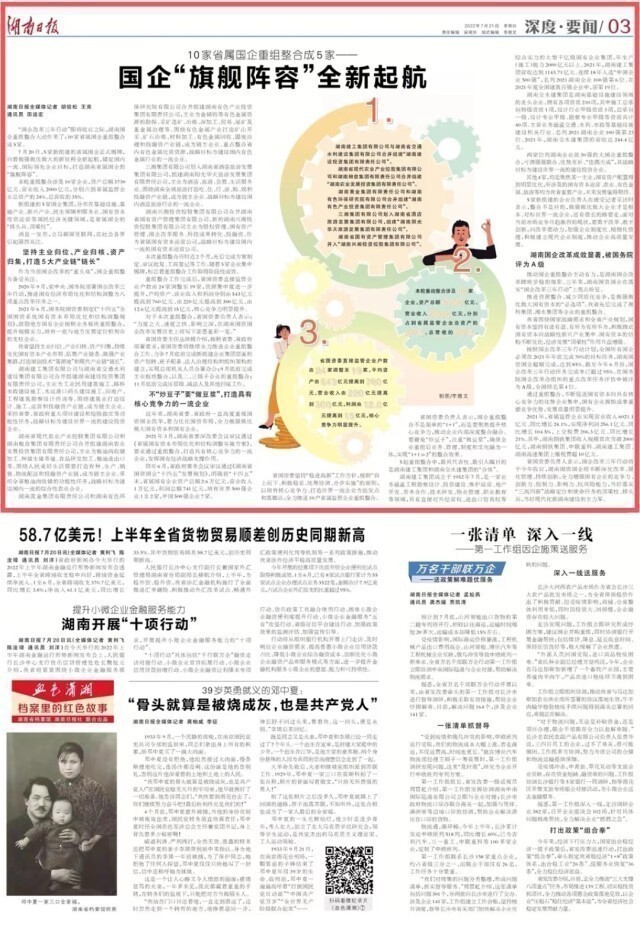Whenever the hot comment | "Abe Economics" to the "red and black" bill left to Japan and the world
Author:Daily Economic News Time:2022.07.08
On July 8th, former Japanese Prime Minister Shinzo Abe was assassinated and died in Nara, 67 years old. While all parties expressed their condolences on this unfortunate incident, they also paid attention to another topic -"Abe Economics" promoted by Abe once drove the Japanese economy from the dilemma of long -term shrinkage, showing signs of recovery. Let Abe Jins three become the longest prime minister in Japan after World War II. However, there are also many questions that "Abe Economics" can play in the long -term development of Japan's economy. Because of this, the influence of "Abe Economics" on Japan and the world economy is worthy of our discussion.
When Abe was the Prime Minister of Japan, the Japanese economy was experiencing weak economic growth since the 1990s. It continued to shrink, the debt ratio remained high, and the average annual GDP growth rate was less than 1%. Abe has taken three main measures: large -scale quantitative easing to stimulate the economy with currency water; active national financial and financial policies, coordinating with employment, consumption, investment, industry and other policies Pull; encourage private investment, promote more industrial upgrading, create a large number of new jobs, and provide more development opportunities for Japanese people.
Compared with the conservative style of Japanese Prime Minister before, "Abe Economics" is more open and aggressive. According to its design, the Bank of Japan must set a 2%inflation target and set it as the mid -term target to show the market that the central bank is determined to relax the monetary policy through boldly to eliminate the shrinkage that lasts for nearly 20 years. To this end, Shinzo Abe appointed former Asian Development Bank President Kuroda Hoshida to take over the position of Bank of Japan. Kuroda's style of acting was bold. The speed of 70 trillion yen increased the basic currency until the 2%inflation target was achieved. With the implementation of the unprecedented "quantization and quality and loose" plan (QQE), the Japanese stock market has risen sharply and the exchange rate has depreciated rapidly. As a result, enterprises have obtained more financing to expand production and operation, and at the same time, the amount of foreign trade has continued to increase.
At the same time, Abe also increased its reform in promoting Japanese women's employment and increasing Japanese companies' openness of international capital, which brought new growth space for the Japanese employment market and the investment market of the enterprise.
In October 2015, Shinzo Abe also proposed three important measures (that is, the "New Three Arrows"), including the development of economic, improving social security, and supporting children's cultivation. The Japanese economy has enabled Japan's GDP to reach 6 million yen around 2020. It is hoped that this will boost the population birth rate, provide a more complete social security system for Japanese citizens, enhance the public support of the people's support for reform, and then better cope with aging aging Many challenges brought by society.
During Abe's administration, the average annual growth rate of Japan's actual GDP was 0.9%. Although there is a small gap between the preset target of 2%, compared with the sluggishness of the previous economy, the economic recovery period for 71 months can still be described as Japan. Economy has a bright color since the late 1980s.
However, not everyone agrees with "Abe Economics", and then the then IMF chief economist Brandaid said that the expansion of Japan's economic expansion is largely from fiscal stimuli and exports. Leading.
Unfortunately, Abe's plans to drive consumption and investment have not been reached as expected. To make matters worse, affected by factors such as excessive quantitative easing and the new crown epidemic, as of the end of 2021, Japanese government debt accounted for 2.25 times that of the name GDP. The huge government debt burden could cause the Japanese government's credit deterioration and impact on the global financial market.
"Abe Economics" has strengthened the government's leading role in economic development. Some people think that it focuses on changing the distribution of wealth in society. Its structural reform only stays on paper, and has not formed a new economic growth point. The Japanese government once hopes to promote "Abe Economics" to Southeast Asia. However, this model still needs to be discussed for the long -term development of the national economy.
In addition, the depreciation of the yen exchange rate of the "Abe Economics" promotes the export model of the yen exchange rate, which is also increasing the risk of Japanese government bonds, and at the same time challenges the stability of Japanese monetary policy. Once Japan abandon the yield curve control, it is likely to cause the Japanese government to be unable to repay government bonds. The impact caused will affect the world, especially other countries that pursue financial deficit monetization.
The Sri Lanka has passed, but the impact of "Abe Economics" brings to Japan and the world, and its "red and black" bills are still to be clarified. In any case, let's remember this politician who has left deeply in the history of Japan.
Daily Economic News
- END -
The Hubei Provincial Games Social Fair race race is suitable for shooting, a small soft ball releases the magic power

Jimu Journalist Wang ChenxiVideo editing Wang Chenxi
10 reorganizations and integration of state -owned enterprises in Hunan Province into 5 -state -owned enterprises' "flagship lineups" will be newly sailed

As the three -year operation of state -owned enterprise reform is about to end, Hu...